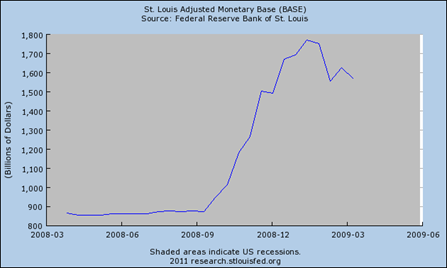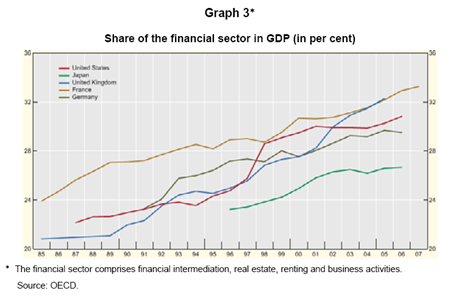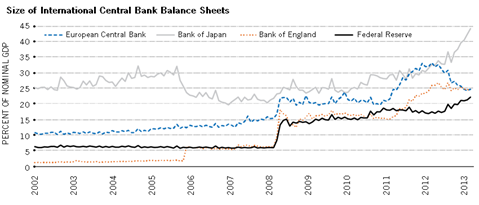
For the year 2015, 66.1% of large-cap managers, 56.8% of mid-cap funds and 72.2% of small-cap managers underperformed their relevant S&P US benchmarks. Over long time periods, 82.1% of large-cap funds and 88.4 % of small-cap managers fail to match their benchmarks. Of all the 678 domestic equity funds in the top quartile for performance over the year to September 2013, only 4.3% stayed in the top quartile by the end of September 2015. This means very low persistency.
There are two ways to earn higher returns: to find an excellent manager or an unbeaten strategy or to reduce the cost. It is proven that the former is easier said than done. On average, active funds will roughly match the index before fees; that means that after fees, most of them will lose to the index. Style Research’s survey provided evidence for it. Among 425 global equity funds, 31% of them outperformed the MSCI World. Without taking any costs into account, however, 59% of representative samples beat the index. That is to say, 28% of funds charged too much to maintain the beat-the index performance.
For those that do manage to outperform, size can become a problem. Strong performance attracts more money and larger funds find it much harder to beat the market. A research by Stambaugh found that the scale also affects performance and that a more skilled large fund can underperform a less skilled small fund.












